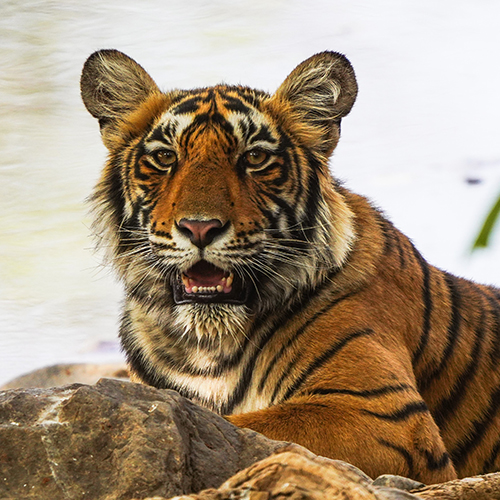Phylum: Chordata
Class: Mammalia
Order: Carnivora
Family: Felidae
Genus and species: Panthera tigris
Tigers, known scientifically as Panthera tigris, stand as the largest among the living cat species. Recognizable by their distinctive dark vertical stripes on orange fur with a white underside, they serve as apex predators. Tigers, the top predators in an ecosystem, are vital in regulating and perpetuating ecological processes. Ensuring the conservation of this top carnivore guarantees the well-being of forested ecosystems, the biodiversity they represent, as well as water and climate security.



